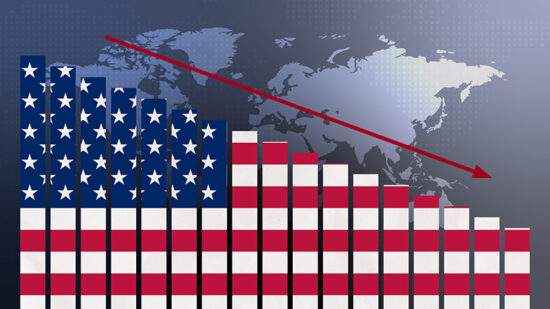According to Guy Sears, interim chief executive at the Investment Association, said: “Risk-On, Risk-Off was the theme in financial markets during January, which led to increased volatility. Unsurprisingly, this caused some investors to reduce their holdings in investment funds.
“Fixed income and mixed asset funds were most affected by outflows, but it is important to note that this was the first net outflow for mixed asset funds in over a year,” he added.
It is however, the seventh month of negative net flows out of the past 12 for fixed income funds and, given the worries that abound within the market right now it is unlikely to be the last.
Negative yields
For many the move into negative yields is a particularly concerning one, but one that looks likely to continue for some time, especially in Europe. As the FT pointed out on Monday, German two-year debt yields have dropped to a new record low. Indeed yields have fallen so low, that, according to Frederik Ducrozet at Pictet, 50% of German debt is no longer eligible for the ECB’s QE programme, the FT said.
The drop in government bond yields into negative territory and their concomitant effect of the falls on the rest of the curve mean that for many investors the risks are now just too high, especially for low-risk clients.
Richard Stammers, investment director at European Wealth told Portfolio Adviser recently: “We have been very wary of bond markets for a long time. With bonds at these levels, investors (especially low-risk ones) are stuck, if they do want to run to safety, where do they go?”
For Stammers, this difficultly means that he is avoiding the fixed income market almost entirely for his low risk clients, sticking instead to cash-plus type investments.
“If you want return you have to take risk; and, on the flip side, if you really do want to remain low-risk, you can’t expect to get a return,” he said.
One of the worries that Stammers and others has is that clients are unintentionally being pushed up the risk curve as a result of the search for yield, which is, what QE was intended to do, but the transmission mechanism didn’t work quite as well as hoped.
Which is the reason negative interest rates are now being implemented. By making the holding of cash more expensive, even those investors not yet stimulated by QE (it is hoped) will be forced back into the market and, then pushed even further out the curve by impact of QE.








